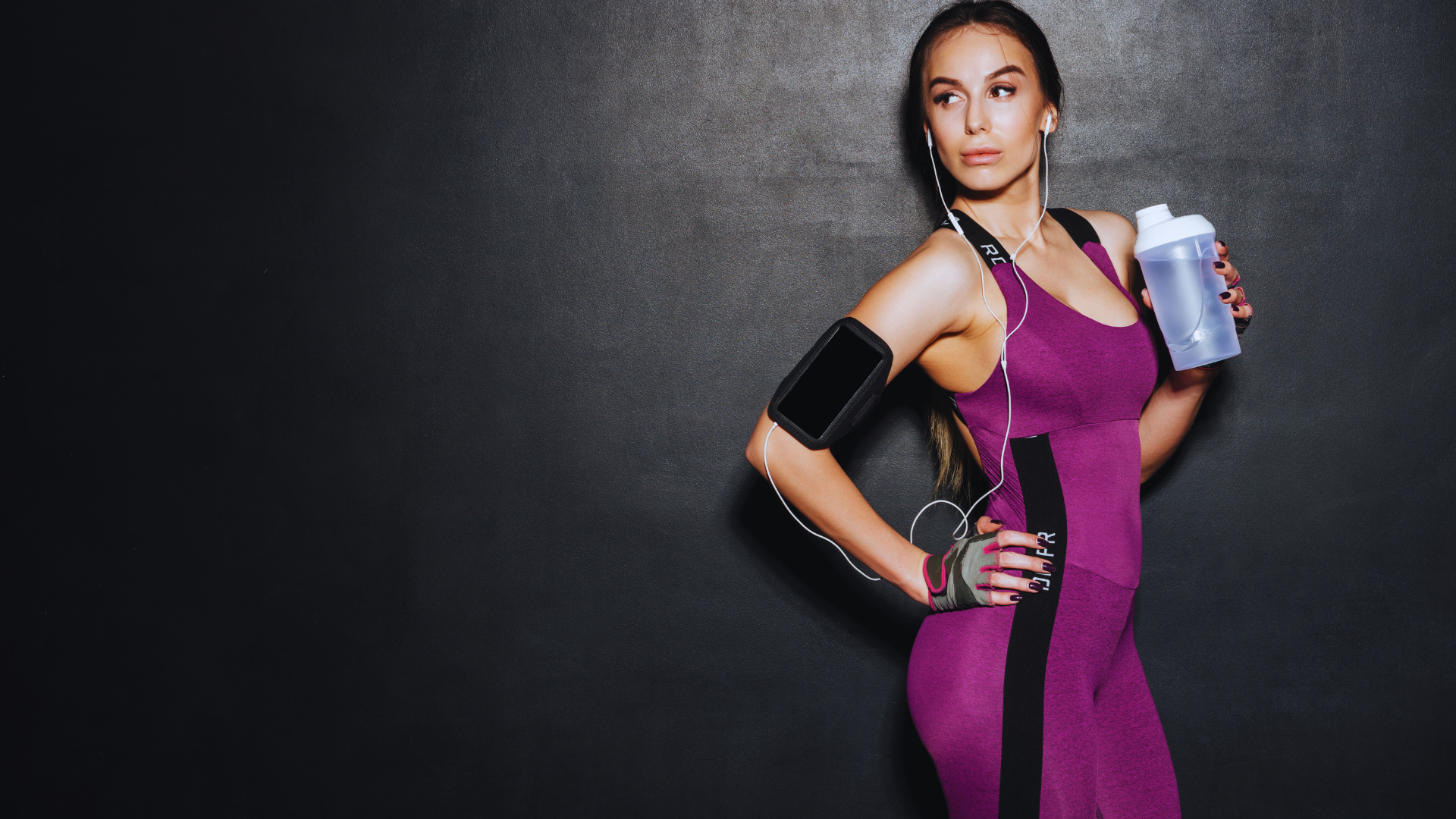
How Your Lifestyle Affects Piercing Healing (Things Nobody Tells You)
Getting a piercing is the easy part. The piercer does their thing, hands over some aftercare instructions, and sends people on their way. What most don’t realize is that the next few weeks or months depend heavily on habits and routines that seem completely unrelated to a tiny hole in the body.
Piercing studios cover the basics: clean it twice daily, don’t touch it with dirty hands, avoid swimming pools. But there’s a whole list of daily activities that can either help healing along or turn a simple piercing into a problem that just won’t resolve. Some of these factors seem obvious once pointed out, while others catch people completely off guard.
Where and How Sleep Happens
Sleep position matters more than most people think. Someone who always sleeps on their right side and gets a fresh piercing on that same side? That’s asking for trouble. Constant pressure on a healing piercing can cause irritation bumps, migration, or even rejection. The jewelry gets pushed at an angle, the tissue swells, and healing slows way down.
Switching sleep positions sounds simple but turns out to be harder than expected. Decades of habit don’t change overnight just because there’s a new piercing involved. Some people try propping pillows to create barriers, while others invest in travel pillows that let them sleep face-down without putting pressure on the piercing. These workarounds help, but they’re not perfect.
Then there’s the bedding itself. Pillowcases collect oils, dead skin cells, hair products, and general grime. Rolling around on that every night means exposing a healing piercing to bacteria repeatedly. Changing pillowcases more often than usual, maybe every couple of days during the initial healing phase, makes a real difference. Some people even put a clean t-shirt over their pillow each night, which is easier than constant laundry.
The Hair Product Problem
Anyone with a nose piercing or other facial piercing discovers pretty quickly that hair products become relevant in ways they never considered. Hairspray, dry shampoo, leave-in conditioner, texturizing spray, all of that can irritate a healing piercing if it makes contact.
The issue is that these products contain chemicals, fragrances, and ingredients meant for hair, not open wounds (which is essentially what a fresh piercing is). They can cause reactions ranging from mild irritation to full-blown contact dermatitis. Some people don’t connect the dots because the reaction doesn’t happen immediately. It builds up over days of exposure.
Washing hair gets tricky too. Shampoo and conditioner running down the face or over ears during a shower sounds harmless, but those products weren’t designed to contact healing tissue either. Being mindful about how hair gets washed, maybe tilting the head to keep products away from piercings or using a shower shield, prevents unnecessary irritation.
Hair itself becomes a factor for ear piercings, facial piercings, or anything that hair can touch. Long hair that constantly brushes against a healing piercing keeps the area from staying clean and dry. It transfers oils and products, gets caught on jewelry, and creates a warm, damp environment where bacteria thrive. Keeping hair tied back or pinned away from piercings during healing helps more than people expect.
Makeup and Skincare Products
Face piercings and makeup don’t mix well during healing. Foundation, concealer, powder, all of it can clog the piercing channel and introduce bacteria. The temptation to cover up a red or swollen piercing site is strong, but giving in usually makes things worse rather than better.
Skincare routines need adjusting too. That toner with salicylic acid or retinol serum might be great for skin, but it’s too harsh for healing piercings. Even gentle cleansers can cause issues if they’re not thoroughly rinsed away. The residue sits there, potentially irritating the tissue or interfering with the body’s natural healing processes.
Makeup removal becomes its own challenge. Micellar water, makeup wipes, and oil cleansers all need to be kept away from fresh piercings. They leave residue or contain ingredients that don’t belong near healing tissue. Working around piercings while still effectively removing makeup takes extra time and attention that most people aren’t used to giving.
Some folks just stop wearing makeup on or near the piercing site until it’s fully healed. That’s probably the safest approach, though not everyone wants to go that route. For those who do wear makeup, keeping it well away from the actual piercing and being extra careful during application and removal helps minimize complications.
Exercise and Physical Activity
Working out affects piercings in multiple ways. Sweat itself isn’t necessarily a problem, but when it mixes with gym equipment, yoga mats, or sports gear, it creates opportunities for contamination. That equipment gets touched by countless people and doesn’t always get cleaned as thoroughly as it should.
Contact sports or activities where piercings might get bumped or caught pose obvious risks. A stray elbow to a healing nose piercing or getting an earring caught on something during basketball can set healing back significantly or cause injury. Some people need to take breaks from certain activities while healing, which isn’t always practical or welcome.
Helmets, headbands, goggles, and other athletic gear can put pressure on piercings or trap moisture and bacteria against them. Athletes with new piercings often have to get creative about protecting the area while still participating in their sport. It’s a balance between staying active and not sabotaging the healing process.
Swimming deserves special mention. Pools, lakes, oceans, all of them expose piercings to bacteria, chemicals, or other contaminants. Chlorine in pools is harsh on healing tissue. Natural bodies of water contain who knows what. Hot tubs are basically bacteria soup. Most piercers recommend avoiding submersion entirely during initial healing, which can be a tough sacrifice during summer months.
Daily Habits That Sneak Up
Phone use affects ear and facial piercings more than people realize. Cell phones are covered in bacteria, and pressing that bacteria-laden surface against a healing piercing several times a day isn’t ideal. Cleaning phones more regularly or using speakerphone and earbuds helps, though most people don’t think about it until after complications develop.
Glasses create problems for nose and ear piercings. The constant pressure from frames, the oils that accumulate on nose pads and temples, and the adjustment that glasses require all interfere with healing. Some people need to switch to contacts temporarily, while others just clean their glasses obsessively and try to minimize adjustments.
Clothing choices matter for body piercings. Tight shirts that rub against naval piercings, bras that put pressure on nipple piercings, waistbands that irritate hip piercings, all of these daily wardrobe decisions affect healing. Loose, breathable fabrics work better than tight synthetic materials during the healing period.
Even something as simple as how often hands get washed makes a difference. People who work in healthcare, food service, or other fields requiring frequent handwashing might find their piercings take longer to heal. Constant exposure to soap and water, while necessary for their job, can dry out and irritate piercing sites.
The Stress and Health Connection
Physical stress affects healing more than most people appreciate. Not getting enough sleep, dealing with illness, eating poorly, all of these factors slow down the body’s ability to heal any wound, including piercings. Someone burning the candle at both ends shouldn’t be surprised if their piercing takes longer to heal than expected.
Immune system health plays a huge role too. People with compromised immune systems, whether from medication, chronic illness, or just seasonal colds, often experience slower healing and more complications. There’s not always much that can be done about underlying health conditions, but being aware that they might affect piercing healing helps set realistic expectations.
Smoking and alcohol consumption both interfere with healing. Nicotine restricts blood flow, which means less oxygen and fewer nutrients reaching the piercing site. Alcohol can thin the blood and impair immune function. Neither of these habits helps the body do what it needs to do to heal properly.
Making It Work
The good news is that most lifestyle factors can be managed or worked around with some awareness and effort. It takes paying attention to daily routines and being willing to make temporary changes for the sake of proper healing. Those changes might feel annoying at first, but they’re usually short-term compared to the lifespan of a piercing.
Healing times vary based on piercing location and individual factors, but most piercings need at least a few months of careful attention. During that window, being mindful about the things covered here makes a real difference between smooth healing and ongoing problems. The piercing studio can provide the best technique and jewelry, but what happens afterward determines whether that piercing thrives or becomes a source of frustration.


